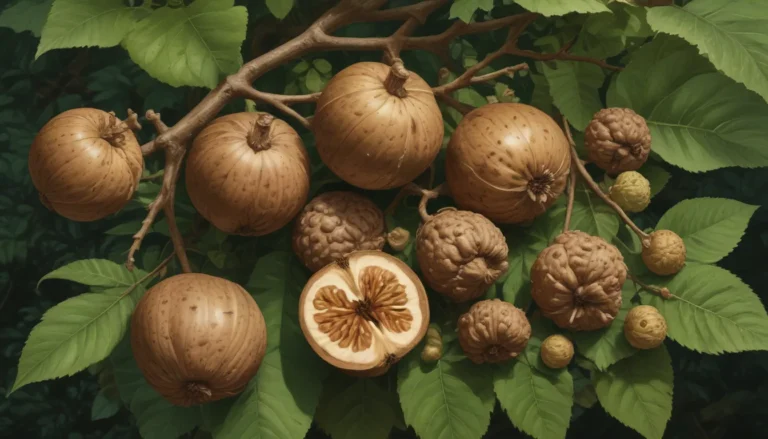A Beginner’s Guide to Easy and Carefree Landscaping with Ornamental Grasses: Everything You Need to Know

Are you looking to add a touch of elegance and beauty to your garden without all the hassle? Look no further than ornamental grasses. These versatile plants can be used in a variety of settings and offer an array of textures, colors, and shapes that will instantly elevate the look of your garden.
Understanding Ornamental Grasses
When we talk about ornamental grasses, we’re not just referring to true grasses from the Poaceae family. Sedges, rushes, and even plants like black mondo grass all fall into this category. These plants are easy to grow, disease-resistant, and drought-tolerant, making them a perfect choice for any garden.
Temperature Classifications
Ornamental grasses can be classified into two categories based on their temperature preferences: cool season and warm season varieties. Cool season grasses thrive in temperatures around 60-70°F, while warm season varieties prefer temperatures ranging from 80-95°F. Understanding these classifications can help you choose the right plants for your garden.
Geometric Profiles
The geometric profile of ornamental grasses plays a crucial role in determining where and how to plant them. From tufted to upright arching forms, these plants come in a variety of shapes and sizes. Understanding their growth habits can help you create a well-balanced and visually appealing garden design.
Soil, Light, and Fertilizers
Ornamental grasses are not picky when it comes to soil types, but they do prefer well-drained, loamy soil rich in organic matter. Most varieties thrive in full sun, but some, like black mondo and Norther sea oats, prefer shady conditions. Fertilizing ornamental grasses sparingly with an all-purpose fertilizer can help them establish strong roots and vibrant growth.
Drainage and Hardiness
Good drainage is essential for the success of ornamental grasses, even those that prefer moist conditions. Adding drainage materials to planting holes or containers can help prevent waterlogged soil. Additionally, knowing the hardiness rating of your plants and providing protection during harsh winters can ensure their continued growth and beauty.
Planting and Care Tips
From pruning to propagation, here are some essential tips for planting and caring for ornamental grasses in your garden:
Planting
Plant ornamental grasses in the spring or fall for best results. Amend the soil with organic matter and fertilizer before planting, and ensure proper watering and sunlight for healthy growth. For container planting, choose pots with drainage holes and appropriate soil mix.
Pruning
Pruning ornamental grasses varies based on their temperature classifications. Cool season varieties should be pruned in late winter or early spring, while warm season grasses can be cut back close to the ground once they turn brown in the fall. Regular grooming and trimming can help maintain the appearance of your grasses.
Propagation
Ornamental grasses can be propagated by seed or root division. While some species have sterile seeds, others can be easily grown from seed with proper care. Division is a reliable way to multiply grasses and rejuvenate older clumps. Follow specific guidelines for each species to ensure successful propagation.
Design Ideas for Your Garden
Ornamental grasses offer endless design possibilities for your garden. From larger types for dramatic focal points to small tufted varieties for borders and pathways, there’s a grass for every setting. Experiment with different pairings of grasses, flowers, shrubs, and trees to create a harmonious and visually appealing garden scape.
Whether you’re a beginner gardener or a seasoned pro, ornamental grasses are a versatile and low-maintenance addition to any landscape. With a little care and creativity, you can transform your garden into a beautiful and vibrant oasis that will delight you for years to come.
Have questions about ornamental grasses or want to share your gardening tips? Join the conversation in the comments below!





